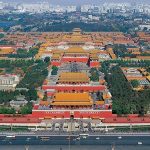When Marco Polo traveled across China in the 13th century, he arrived at the magnificent capital of the Yuan Dynasty, a city he described as dazzling, orderly, and unlike anything he had ever seen. Known as Dadu (大都) in Chinese, and as Khanbaliq in Polo’s account, this city is today’s Beijing, where echoes of its imperial past can still be found in palaces, temples, city walls, and serene lakes.
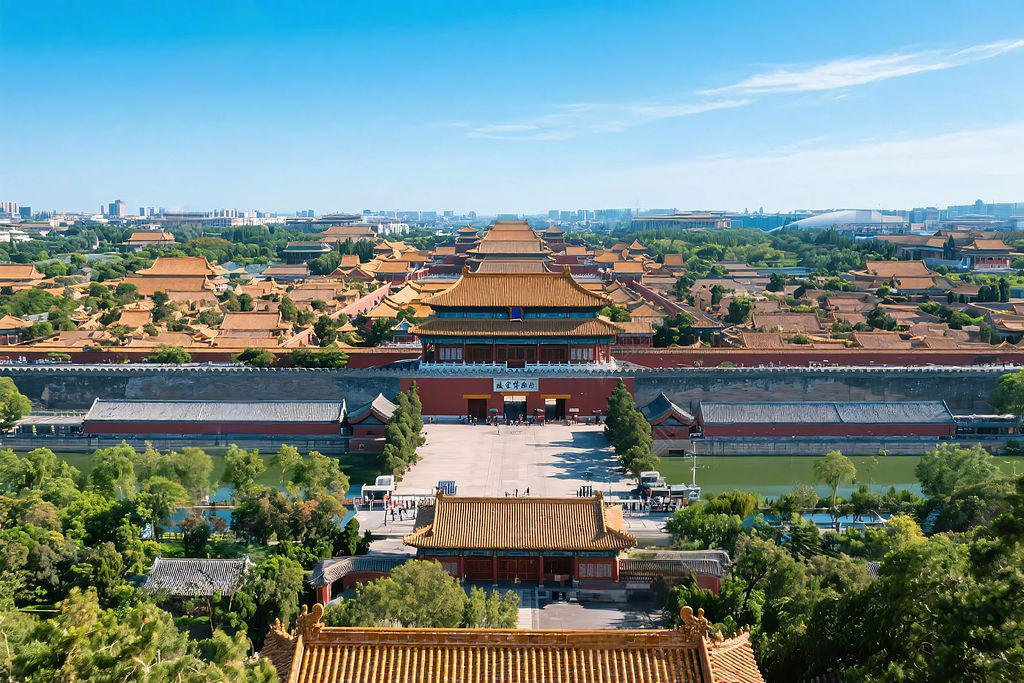
A journey through Beijing today allows you to follow Marco Polo’s footsteps and imagine the life of the Great Khan—from golden palaces and bustling canals to sacred temples and royal hunting grounds.
The Golden Palace of the Great Khan
In The Travels of Marco Polo, the Venetian merchant marveled at the “golden palace” of the Great Khan, a sprawling residence that symbolized the vast power of the Mongol Empire. While the original Yuan palace no longer stands, its legacy survives in the layout of the Forbidden City and Beihai Park, both located on the same historical axis that once defined Dadu.
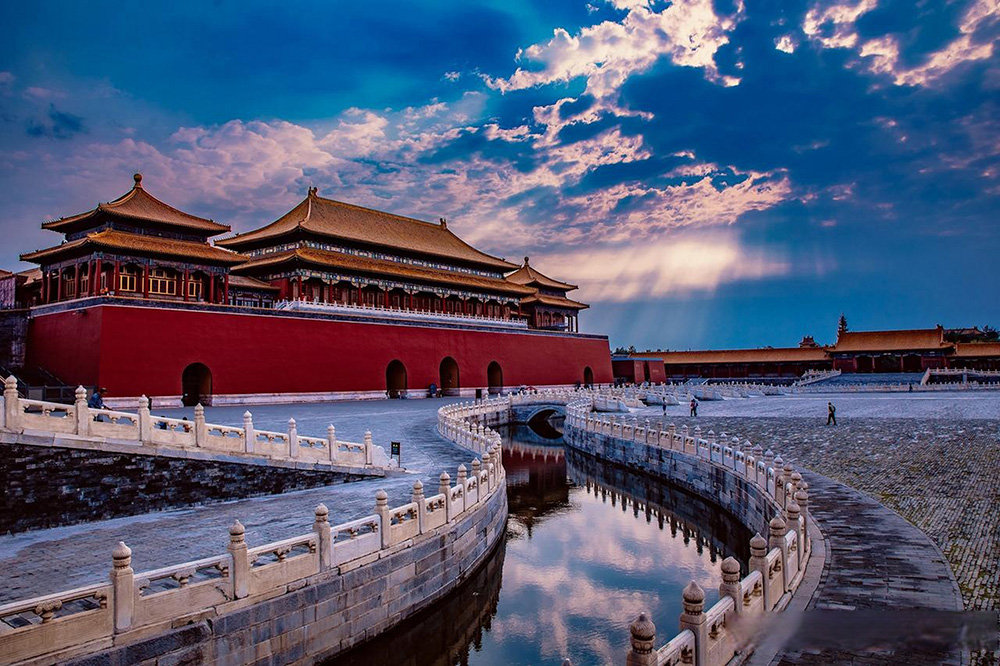
The Forbidden City, built later in the Ming Dynasty, preserves the grand tradition of imperial architecture with its crimson walls, golden roofs, and perfectly aligned halls. Walking along its stone courtyards and under elaborately carved eaves, it is easy to imagine Mongol emperors holding court amidst banners, incense, and the hum of an empire.
Just west of the palace complex, Beihai Park was part of the Yuan imperial gardens. The lake, originally an extension of the Golden Water River, provided a peaceful retreat for the Great Khan and his court. Today, visitors can stroll along willow-lined paths, take a boat ride on the glistening lake, and see the White Dagoba, which rises like a delicate crown above the water.
Bell and Drum Towers: The Heartbeat of the City
In Polo’s time, Dadu was a city of precision and rhythm, and its Bell and Drum Towers were the heartbeat that kept time for the capital. The Bell Tower would ring at dawn, and the Drum Tower would sound at dusk, marking the daily life of both emperors and commoners.
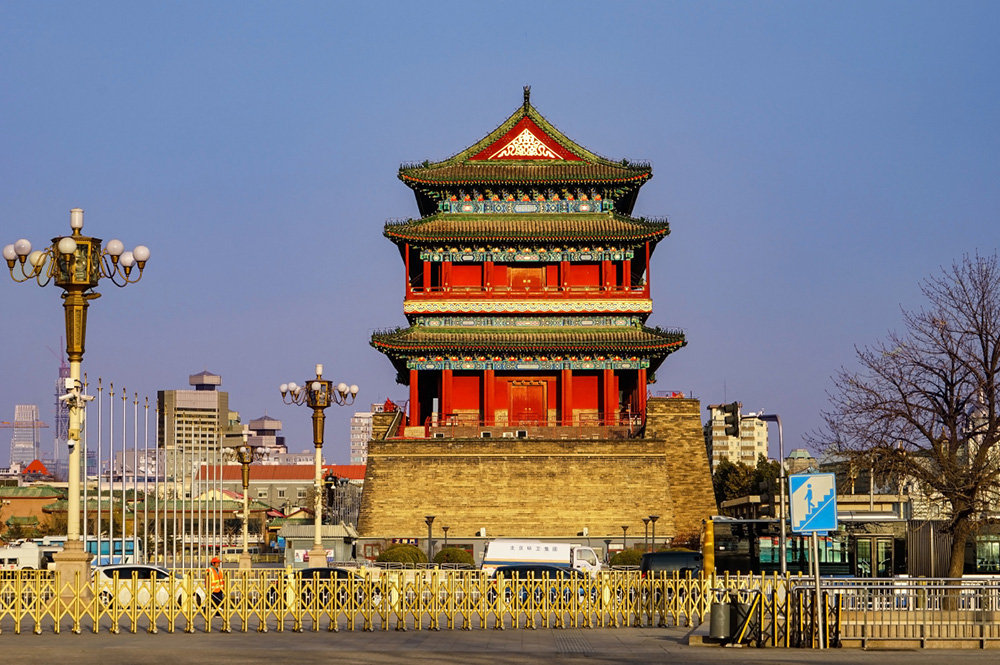
Today, these towers still stand in Beijing’s old quarter, north of the Forbidden City. Climbing the Drum Tower rewards travelers with a sweeping view of the traditional hutong neighborhoods, and inside, you can hear the deep echo of ceremonial drum performances, transporting you back to the disciplined life of Yuan-era Dadu.
Jishuitan Wharf: Where the Empire Met the Water
One of Marco Polo’s most vivid descriptions of Dadu was its busy canal network, where boats carried grain, silk, and treasures from the south. The heart of this system was Jishuitan, a wharf at the northern end of the Grand Canal and the final stop for imperial grain transport.
In the 13th century, this was a bustling trade hub where barges lined the shores and camel caravans met the river. Though the canal system has changed, Shichahai and Jishuitan still hold whispers of that watery past. Today, the lakeside area is a serene spot for walking, cycling, or enjoying a slow boat ride through Beijing’s historic waterways.
Miaoying Temple and the White Dagoba: A Royal Buddhist Haven
The Miaoying Temple, home to the elegant White Dagoba, was one of the most important imperial Buddhist temples of the Yuan Dynasty. Built under the direction of a Nepali architect for Kublai Khan, it reflects the Mongol emperors’ embrace of Tibetan Buddhism, which Polo frequently observed in his travels.
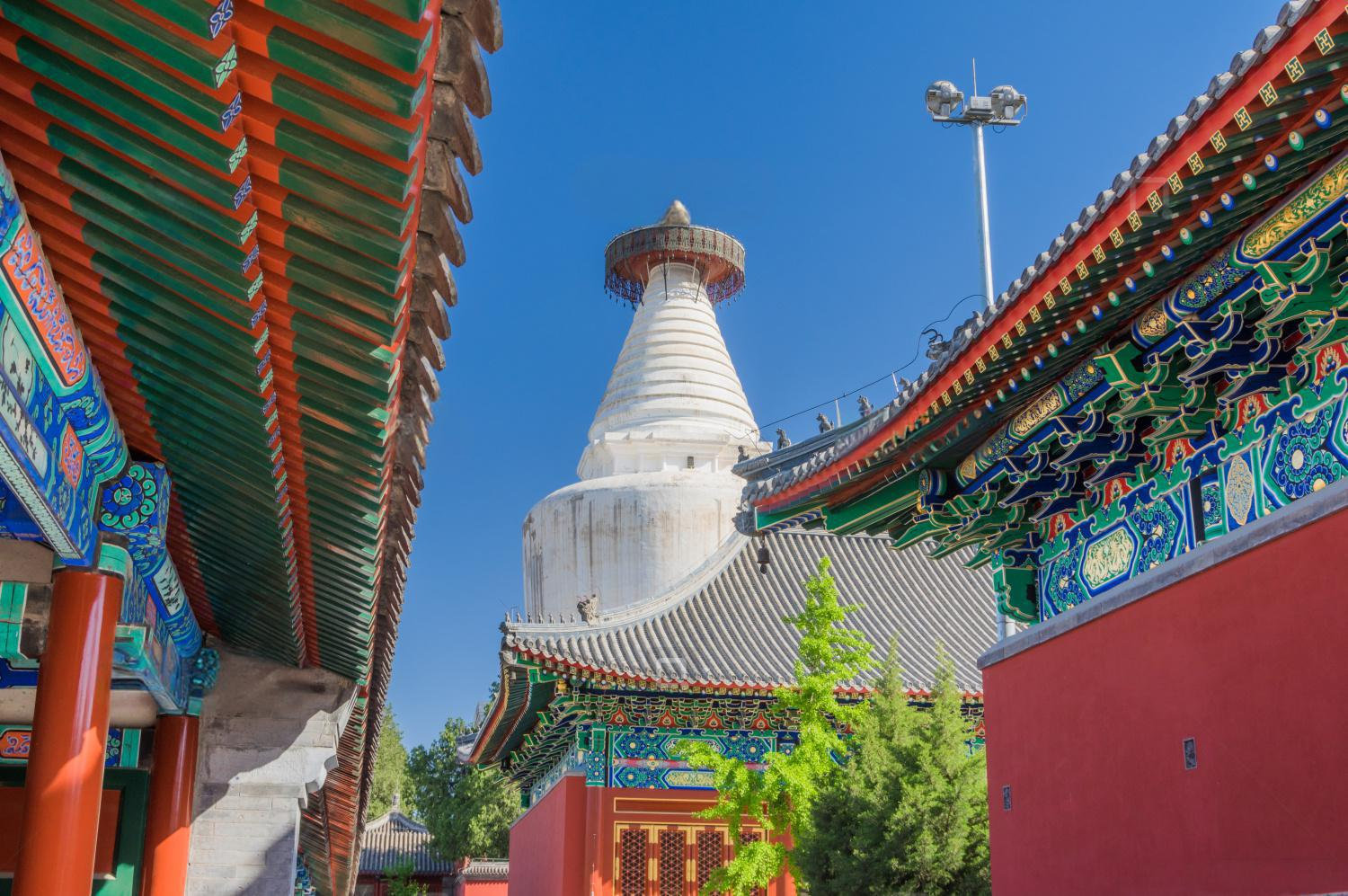
The towering white stupa, gleaming against the blue sky, was a beacon of spiritual life in Dadu. Today, the temple is still a quiet refuge in busy Beijing, where the scent of incense drifts through courtyards, and the gentle curve of the dagoba recalls the city’s cosmopolitan, spiritual past.
The Walls and Gates of Dadu: A Mongol Military Marvel
Marco Polo admired the grand walls and gates of Dadu, which were designed to be both majestic and defensible. Yuan Dadu’s walls were carefully measured, creating a rectangular city with impressive symmetry. The gates were guarded by soldiers and adorned with towers that announced the Mongols’ military power.
While much of the original wall is gone, walking along Beijing’s old city footprint and visiting remains near the Deshengmen and Andingmen areas gives a sense of the scale. Historical displays in local museums also show the city’s precise planning that so impressed foreign travelers.
Royal Hunting Grounds: A Nomadic Tradition in the Capital
Even as the Mongol rulers built an urban capital, they never abandoned their nomadic traditions. Marco Polo described the imperial hunting grounds, where the Great Khan would ride through vast grasslands chasing game, maintaining the skills and rituals of the steppe.
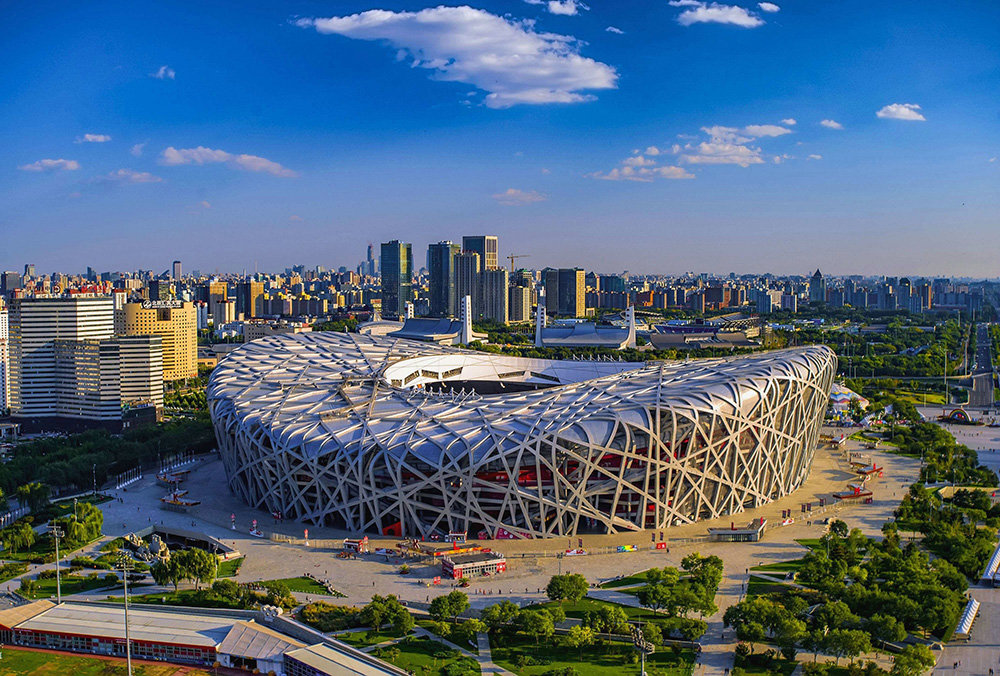
Modern Beijing no longer has those endless hunting fields, but the northern outskirts and parks like Olympic Forest Park echo that open-air freedom. Imagine riders galloping across the plains as banners fluttered in the wind—a living reminder of the empire’s dual identity: nomadic roots and imperial grandeur.
Walking Through History in Modern Beijing
Today, exploring Beijing with Marco Polo’s words in mind transforms sightseeing into time travel. From the Forbidden City and Beihai Park to the Bell and Drum Towers and Miaoying Temple, each site carries a piece of Yuan Dadu’s story. The canals of Shichahai and the memory of Jishuitan Wharf bring the city’s watery trade routes to life, while the surviving city gates and northern hills remind visitors of a capital built on both power and poetry.
In the quiet moments—standing on a stone bridge, listening to a temple bell, or watching the reflection of the White Dagoba in the lake—it is possible to imagine Marco Polo stepping ashore, looking around in awe, and scribbling in his travel notes about the “Golden City of the Great Khan.”
Contact us today to craft your dream China adventure!

